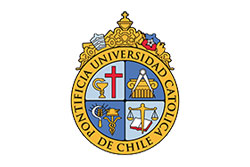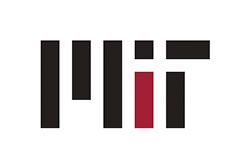This paper explores ridership increases in response to incrementally upgraded bus services in U.S. and Canadian cities. Current guidelines for developing bus rapid transit (BRT) corridors reveal a tension between comprehensive implementation of full-fledged corridors on the one hand and incremental, flexible development on the other. A review of the literature discusses this tension, various BRT elements, and the impact of these elements on performance and ridership. A methodology for comparing high-productivity bus corridors in different contexts using general transit feed specification (GTFS) data and a spatial database framework is described. Longitudinal and cross-sectional sketch models, with corridors as the unit of analysis, offer some insights into the relative impact of BRT features and external factors. Current data limitations allow for suggestive, if not definitive, results. Dedicated lanes and signal priority were positively correlated with increased ridership in some models tested, even when decreased travel time was controlled for and, suggesting that they may have had important perception and reliability benefits beyond improved speeds. While BRT can be a promising mode for a range of contexts, this analysis suggests that service frequency and reliability improvements are the common foundation for successful projects. Building political momentum for sustained improvements in bus networks is a challenge; the use of emerging data sources, such as GTFS, to compare incremental BRT projects allows for a better understanding of projects that can help meet this challenge.











